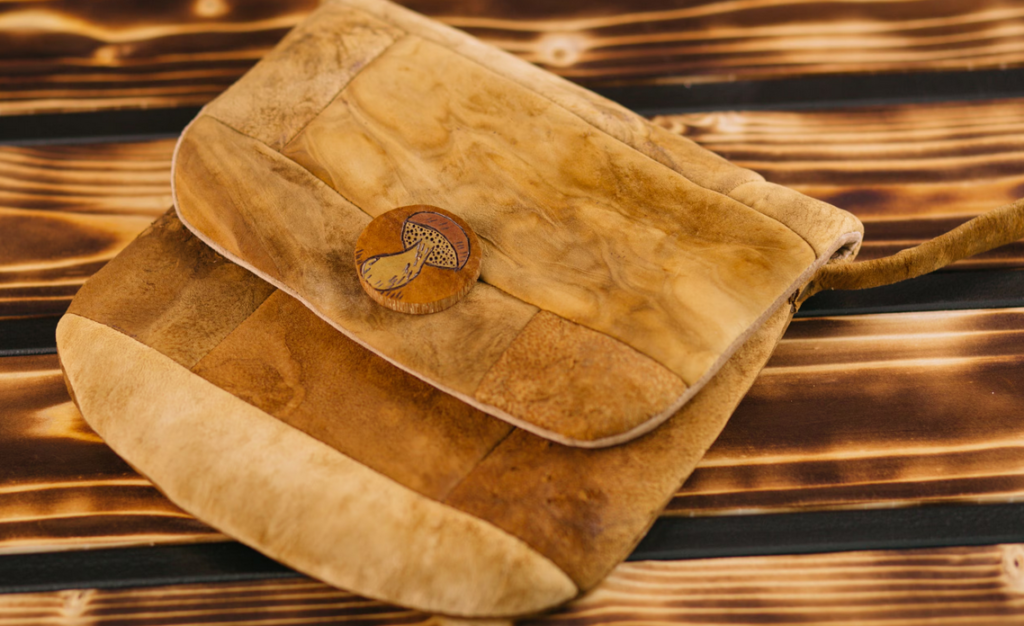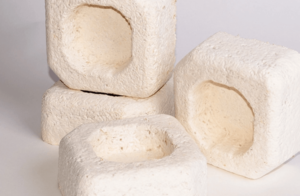In recent years, the fashion industry has been witnessing a revolutionary shift towards sustainability. With concerns over the environmental impact of traditional leather production, the hunt for a new sustainable alternative has never been so high. Among the various proposed solutions, one innovative material gaining traction is mushroom leather. But what exactly is mushroom leather, and is it truly sustainable? In this article we will delve into understanding mushroom leather sustainability.
A Brief History of Leather Production
As you know leather has been a staple material in human civilization for thousands of years. It was primarily derived from animal hides through processes such as tanning and curing. While leather has been prized for its durability and versatility, the methods used to produce it have raised environmental and ethical concerns.
Introducing Mushroom Leather

Mushroom leather, which is also known as mycelium leather or fungal leather, is a sustainable alternative to traditional leather. It is made from the root structure of mushrooms known as mycelium which grows in a controlled environment. The mycelium is then harvested and processed to create a material with properties similar to animal leather.
The Sustainability of Mushroom Leather
Environmental Impact
Mushroom leather offers several environmental advantages over traditional leather. Conventional leather production requires vast amounts of land, water, and chemicals. In contrast, mushroom leather can be cultivated in a controlled environment using agricultural waste as a substrate. This significantly reduces its environmental footprint and eliminates the need for animal farming.
Biodegradability
Another key benefit of mushroom leather is its biodegradability. Synthetic materials such as polyester or nylon take hundreds of years to decompose whereas mushroom leather is naturally biodegradable. At the end of its lifecycle, it can be composted thus returning nutrients to the soil and reducing waste.
Resource Efficiency
Another advantage of mushroom leather is its resource efficiency. The cultivation process requires fewer resources compared to traditional leather production. Mycelium can be grown rapidly in a controlled environment which reduces the time and energy required to produce the material. In addition to that the use of agricultural waste as a substrate further enhances its sustainability credentials.
Applications of Mushroom Leather

Mushroom leather has a wide range of applications across various industrie such as fashion, automotive, and furniture. In the fashion industry, it is used to create garments, accessories, and footwear. Its versatility and aesthetic appeal make it an attractive option for designers seeking sustainable alternatives to traditional leather.
Challenges and Limitations
While mushroom leather holds great promise as a sustainable alternative to traditional leather, it is not without its challenges. One of the main limitations is scalability. The technology for large-scale production of mushroom leather is still in its early stages, and there are logistical and economic hurdles to overcome. Additionally, the quality and durability of mushroom leather may vary depending on the manufacturing process and treatment methods.
Circular Economy
Mushroom leather supports the principles of a circular economy by being biodegradable and compostable. At the end of its lifecycle, it can be returned to the soil as a nutrient-rich compost, closing the loop and minimizing waste. This aligns with efforts to transition towards a more sustainable and regenerative economic model.
Conclusion
In conclusion, mushroom leather represents a promising alternative to the traditional leather. While there are still hurdles to overcome the ongoing research and innovation are driving the development of this sustainable material. Mushroom leather is sustainable and you can support a greener and more ethical approach to fashion and contribute to a more sustainable future.
What’s more? Mushrooms can also be used for sustainable packaging. Read more about mushroom packaging.





